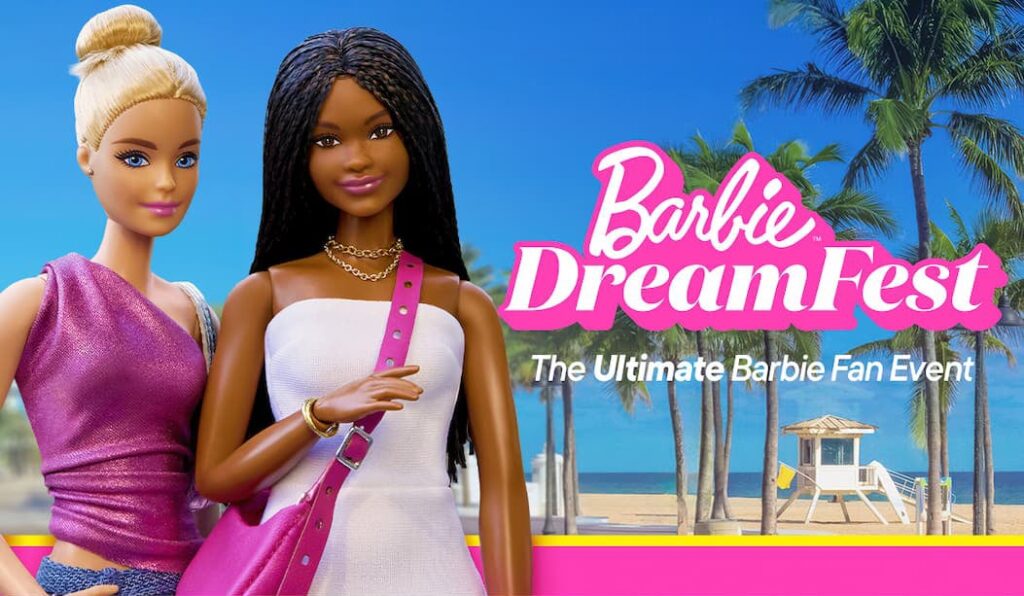New research on shoppers’ travel patterns and their shopping occasions could change the way packaged goods brands plan retail promotions.
Research firm Sorensen Associates has mapped out how shoppers walk through supermarkets to show how many — and how quickly — they visit each department. Two conclusions: The average shopping trip covers only 25% of the store, and only half of all shoppers follow the perimeter “racetrack” that’s central to traditional supermarket design.
Meanwhile, Unilever and Coca-Cola Co. are showing retailers their own research on shopping occasions, arguing that merchandising strategy should stem from shopper needs, not from product categories. Coca-Cola’s “The World According to Shoppers” details nine types of shopping occasions. Unilever’s “Trip Management” found that 62% of shopping trips are quick trips, compared to 25% for fill-in shopping and 13% for major stock-ups. That encourages grocers to reconsider meal-solutions merchandising, a hot topic five years ago that has since faded.
| Supercenters | Re-stock pantry (47%), routine needs for next day or two (16%) |
| Wholesale Clubs | Re-stock pantry (54%) |
| Supermarkets | Re-stock pantry (40%), routine needs for next day or two (22%), urgently needed item (<15%) |
| Mass | Non-food need (26%), urgently needed item (<15%) |
| Chain Drug | Low-price offers (33%), urgently needed item (26%), non-food need (25%) |
| Convenience | Urgently needed items (34%), special occasion* (21%) |
| Dollar | Non-food need (24%), low-price offer (16%), urgently needed item (<15%) |
| Source: Unilever | |
Sorensen’s Path Tracker system put RFID tags on shopping carts and baskets to track 200,000 shopping trips. Three Wharton School professors analyzed Sorensen’s data; their findings, reported just last month as “An Exploratory Look at Supermarket Shopping Paths,” revealed 14 distinct travel paths during short, medium and long trips. Per the study, shoppers rarely visit all aisles, tending instead to make short excursions into an aisle rather than walking the length of it; they used the perimeter racetrack as a “home base” to make quick trips down certain aisles.
The data redefines “distribution” beyond traditional ACV measurements, Sorensen contends: “If a product has 90% ACV but is in a location in the store that only 20% of the shoppers visit, then its ‘Effective Distribution’ is actually 18% (90% × 20%). … Getting the product into the store is very ineffective if in fact only a small percentage of shoppers actually visit the area where the product is sold.”
Minneapolis-based Sorensen has installed PathTracker systems in 20 stores, with 10 more in the process.
Unilever began sharing its research with retailers this spring. Its main message: Quick shopping trips have become routine for consumers. This means smaller basket size, even as they account for 34% of total grocery sales, compared to 33% each for fill-ins and stock-ups. Unilever found that 45% of all trips are for items to be used in the next two days, and 19% of trips are for urgently needed items. Fully 42% of all trips cover general grocery; 20% of all trips are for ingredients in a single meal — a strong argument for meal-solution displays, especially since supermarkets garner 84% of those meal-focused quick trips (and 59% of all quick trips).
While shoppers hit grocery stores for convenient quick trips, they drop more dollars per visit at supercenters (which get 16% of grocery sales from 13% of trips) and club stores (11% of grocery sales from 5% of trips). Supermarkets get 72% of stock-up trips, but lower register rings. Unilever argues that grocers can compete with clubs and supercenters by emphasizing solutions merchandising, category breadth, health and wellness items and convenience compared to supercenters and clubs.
| Trip type | Quick (a few items) | Quick (meal) | Fill-in | Stock-up |
|---|---|---|---|---|
| Mean # of items | 3.5 | 4.8 | 9.1 | 16.2 |
| Mean $ spent | $19.63 | $22.44 | $49.23 | $97.30 |
| Source: Unilever | ||||



